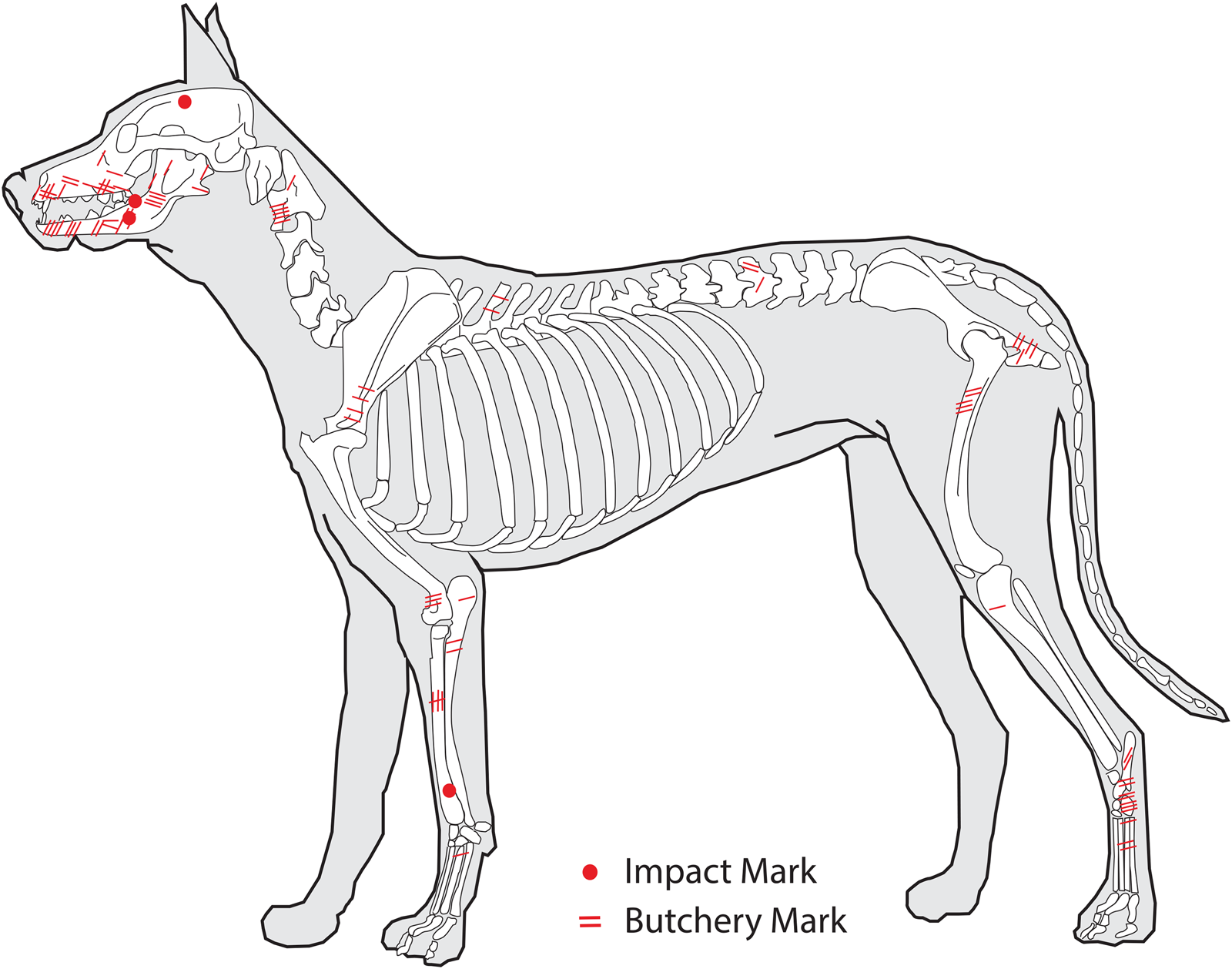First English settlers in North America ate dogs, research says
Study provides new insights into social dynamics between colonisers and Indigenous communities in North America
The first English settlers in North America ate indigenous dogs to survive during an intense period of starvation, archaeologists have discovered.
Researchers uncovered the remains of six dogs of indigenous ancestry, and found that they were eaten by the settlers of the Virginia Company in Jamestown – the first permanent English settlement in North America.
The findings suggest that early European colonists depended on local Indigenous communities for their survival, especially during the initial settlement period.
In the study, scientists analysed genetic material from archaeological specimens of dogs that lived in Jamestown between 1609 and 1617 AD.
About six of the analysed dogs were found to be consumed by the residents at Jamestown.

These dogs showed genomic evidence of Native American ancestry, sharing similarities with Hopewellian and Mississippian dogs from eastern North America.
The research points to complex forces at play before, during, and after an intense period of starvation that led residents of the Jamestown region to consume dogs.
Towards the end of the first year of settlement in the Jamestown area, about two-thirds of the original settlers had perished, succumbing to disease, malnutrition, or violence.
This led to the colony being nearly abandoned in the spring of 1610 after a harsh winter characterised by “violence with neighbouring tribes, drought, poor harvests, lack of supplies, and severe starvation known as the Starving Time,” scientists said.
Archaeologists excavated about 181 canine bones in Jamestown – representing at least 16 dogs that lived between 1607 and 1617 AD.
The dog remains showed evidence of bone modifications “consistent with human skinning, skeletal disarticulation, and meat removal” – meaning they were consumed by the colonists.
“Dogs in this study were eaten by Jamestown residents during all three time periods between 1607 and 1617,” researchers said.
The butchered dog remains, according to scientists “unquestionably date to Jamestown’s Starving Time during the winter of 1609–1610.”

The latest research also reveals insights into the social dynamics between colonisers and Indigenous communities.
Previous studies have shown that dogs played prominent roles in the European colonial expansion into the Americas.
For instance, during Columbus’s second voyage in 1493, most English and Spanish expeditions transported mastiffs, bloodhounds, and water spaniels to serve as camp guard dogs, hunting aids, personal companions, and even as weapons to attack local Indigenous populations.
Richard Hakluyt, one of England’s chief intellectual promoters of colonisation, also recognised that dogs were among the critical supplies needed to be transported to the Americas.
Greyhounds to kill deere. Mastives to kill heavie beastes of ravyne and for nighte watches. Bloude houndes to recover hurte dere
Meanwhile, indigenous dogs connected as well as created tension between European and local cultures.
“The loss of Indigenous dogs is an underexplored issue of colonial impacts in the Americas,” scientists wrote.
Understanding the timing and rate of replacement of Indigenous dogs can help better unravel the ecological and cultural changes to Native American ways of life due to the influx of Europeans and their dogs, they explained.
“Dogs with ancestry predominantly from Europe suggests that either British, Powhatan, or both groups kept their dogs from interacting with each other to maintain specific behaviours or observable phenotypes important to that group,” study co-author Ariane E Thomas from the University of Iowa in the US said.
“However, a high proportion of Indigenous dog ancestry suggests a more complex engagement between the British and Powhatan peoples at Jamestown and less emphasis on maintaining the separation between dogs and their association with settlers,” she said.
The latest discovery suggests this second, complex dynamic is “more representative of history,” according to researchers.
Join our commenting forum
Join thought-provoking conversations, follow other Independent readers and see their replies
Comments
Bookmark popover
Removed from bookmarks